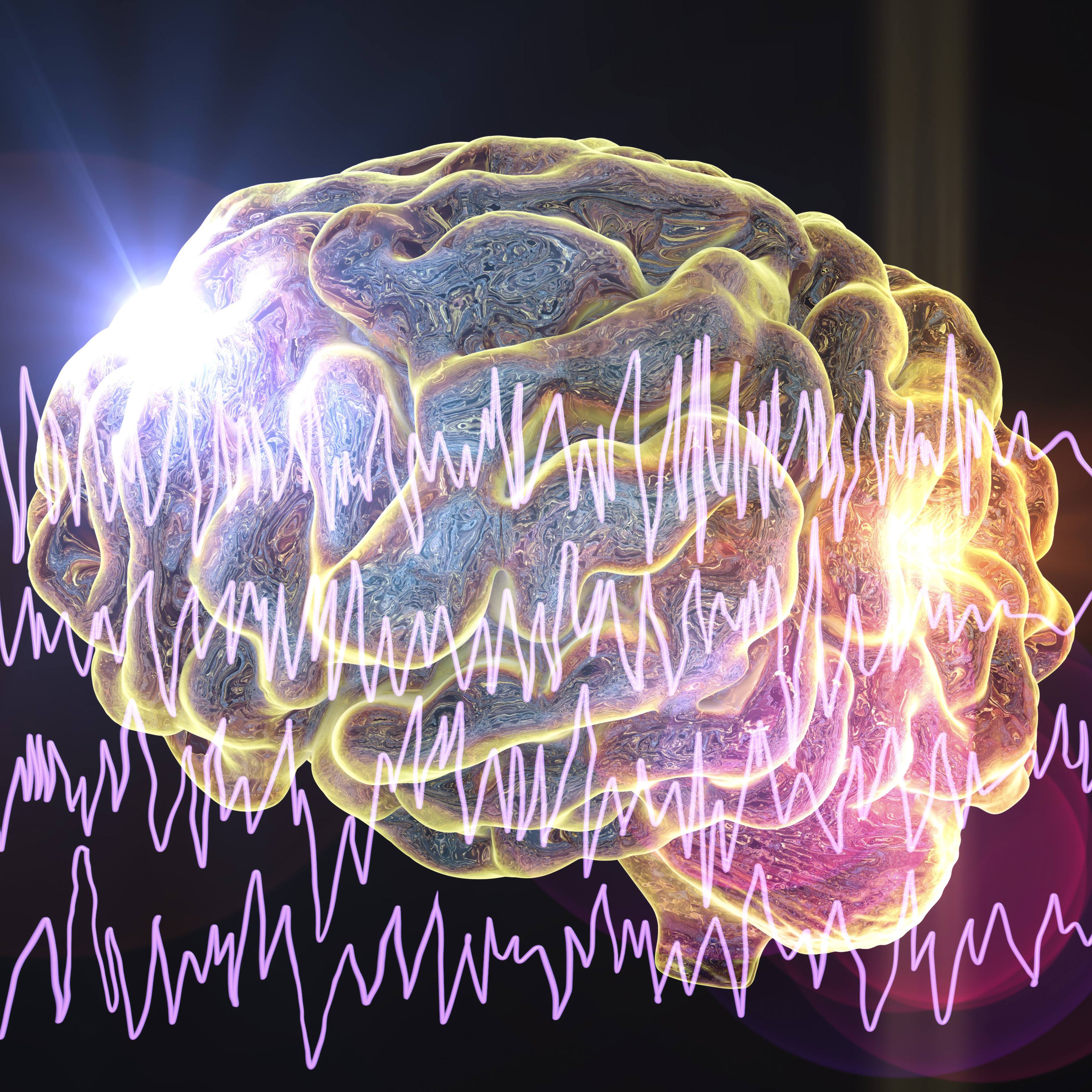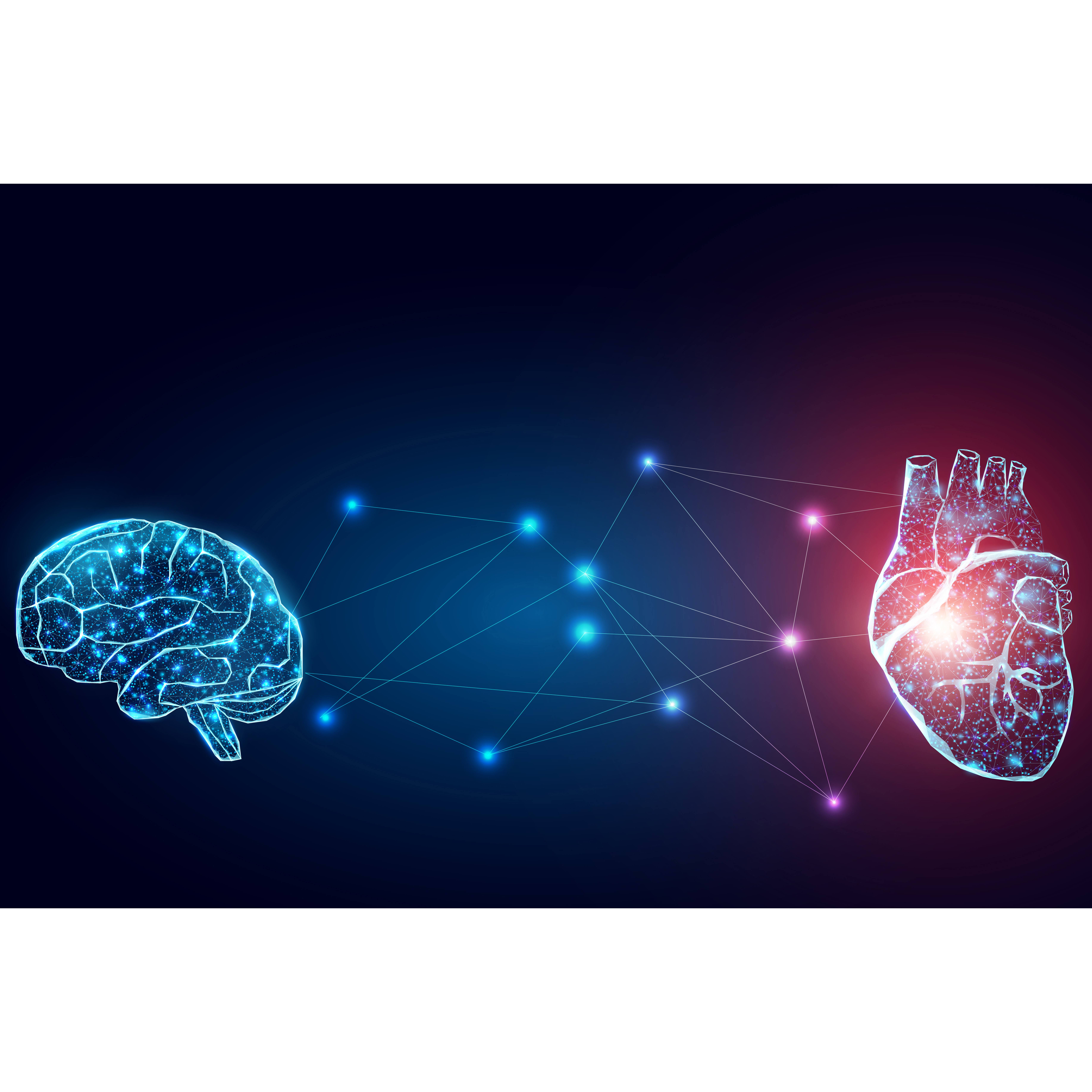-
A Mayo Clinic expert explains aphasia

Aphasia is a condition that can affect a person's ability to communicate. To better understand the condition, the Mayo Clinic News Network reached out to Dr. Hugo Botha, a neurologist at Mayo Clinic, to explain.
What is aphasia?
Aphasia is a broad term that refers to a problem with language. So, for example, patients with aphasia may have trouble understanding what other people are saying, understanding what they read, or may have trouble putting their thoughts into words. It is not a disease in the sense that something like diabetes is a disease. There are many different diseases that can cause aphasia – for example, stroke or head injuries, or progressive brain diseases, like Alzheimer’s disease.
When aphasia is the main symptom of a progressive brain disease it is called primary progressive aphasia.
Because aphasia can result from many different diseases, the specific symptoms, treatment and prognosis varies greatly depending on the underlying cause and severity.
What causes aphasia?
Aphasia most commonly results from damage to the language centers in the brain, which are primarily found in the left half of the brain in most people. It is often associated with other symptoms that reflect damage to the left side of the brain or areas close to the language centers. For example, patients may have trouble moving or coordinating the right side of their body, have problems with their speech, or may have cognitive issues. However, aphasia in and of itself does not mean that someone has cognitive problems outside of language. In fact, many patients with aphasia may seem cognitively impaired because they have a hard time understanding or producing language. This can be very frustrating to patients and loved ones.
Patients with aphasia may have nonlanguage impairments, especially ones that reflect damage to the left half of the brain. However, aphasia does not imply cognitive impairment, and many patients with aphasia seem more cognitively impaired than they truly are.
How is aphasia treated?
Treatment of aphasia can be divided into three categories. The first set of treatments applies to all or most patients with aphasia and are focused on improving or maintaining someone’s ability to communicate. This includes speech and language therapy, communication strategies for family and friends, and, in some cases, assistive devices, such as text-to-speech applications. The second set of treatments depend on the underlying cause of the aphasia. For example, if someone has aphasia from a stroke, there may be specific treatments needed to address the stroke and prevent further strokes.
Similarly, if someone has aphasia from a progressive brain disease there may be further tests or treatments available. The final set of treatments address other symptoms that may accompany the aphasia. For instance, if patients also have problems with their speech or with their vision because of damage to those areas occurred along with the aphasia, they may need specific rehabilitation and strategies to deal with those.
Some treatments apply to just about everyone with aphasia, such as speech therapy. However, other treatments depend on the cause, and so it is crucial to get an accurate diagnosis in terms of the cause of a patient's aphasia.
Related post:







